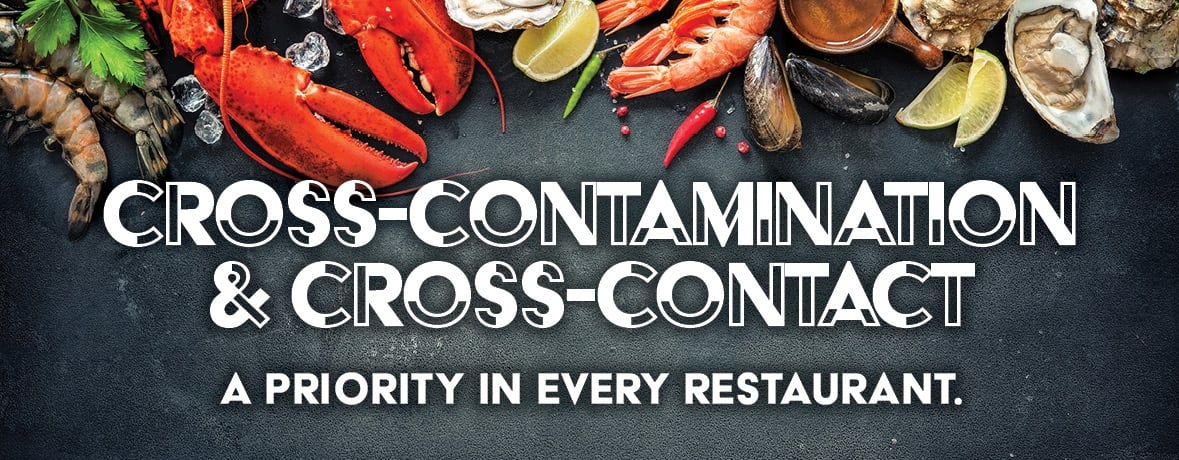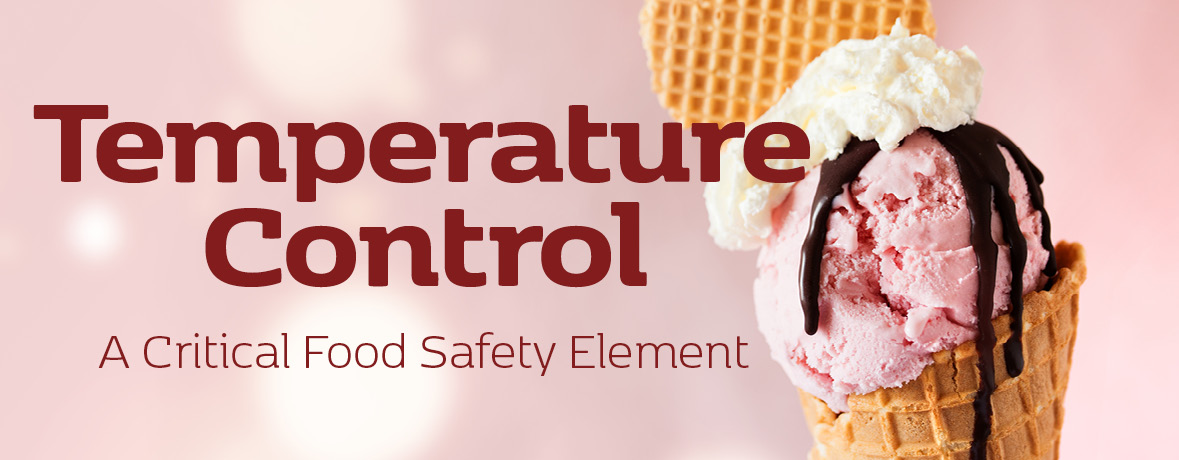
We're Here To Help
Refrigeration is an integral component in every kitchen. In fact, maintaining food quality and safety would be impossible without it. If you’ve ever had a compressor go down overnight, you probably learned quickly how fast food can go from fresh, delicious, and ready to serve or cook, to nasty, foul, and ready for the waste bin. This can happen in a matter of a few hours.
A bad compressor isn’t the only thing that can cause food to spoil prematurely. The length of time food remains in what is commonly known as the temperature danger zone has a significant impact on how long food remains fresh and usable in the kitchen. Leaving food out at room temperature for extended periods, opening cooler doors and leaving them open too long, and not cooling cooked foods fast enough can all contribute to rapid bacteria growth that can cause illness.
The Temperature Danger Zone
Certain foods referred to as Time/Temperature Control for Safety (TCS) need to be held below 40° to keep them safe for consumption.
Common TCS foods:
- Meat, fish, and shellfish
- Dairy products, creams, and custards
- Eggs and egg dishes
- Cooked vegetables (including potatoes)
- Protein-rich vegetables
- Cut green leafy vegetables
- Sliced tomatoes
- Sliced melons
- Raw sprouts
TCS foods need to be stored at temperatures below 40° when raw and above 140° when cooked. The range between 40°-140° is known as the temperature danger zone. Dangerous bacteria such as Staph, Salmonella, and E-coli thrives in this zone, doubling in number every 20 minutes.
It is recommended that TCS foods should not be held at room temperature for longer than two hours (one hour if the room temperature is warmer than 90°). Foods held at room temperature for more than four hours are unsafe for consumption and should be discarded. TCS food should be regularly monitored from the time it is delivered to the time it is served to ensure its safety.
Monitoring Deliveries of TCS Foods for Quality
While it’s impossible to determine if your TCS deliveries were maintained at the proper temperature below 40°, there are a few simple quality control measures you can take to at least ensure they are in good condition and at the right temperature at the time they are delivered.
Physical Integrity of the Packaging and the Delivery Truck
Upon delivery, visually inspect the outer packaging of your TCS deliveries to ensure the boxes are not wet, torn, or opened. Make sure the inside of the truck is cold and the condenser stays on while the truck is not running. Make sure the inside of the cargo area is clean and free of pests.
Schedule Delivery Times During Business Hours
Make sure an employee is present at the time of delivery to inspect TCS foods to ensure they arrive at the right temperature.
Use an Infrared Thermometer
While is not practical to check the internal temperature of many TCS foods upon delivery, you can at least determine if the packages themselves are delivered below the required 40°F. Katom infrared thermometers allow you to quickly determine if TCS foods are delivered at the proper temperature by measuring the surface temperature of the packaging.

Storing TCS Foods at the Proper Temperature
It is important to routinely check to make sure your refrigeration is properly maintaining TCS foods below 40°. San Jamar thermometers make temperature control easy. From hanging digital refrigerator thermometers large easy to read displays, to dishwasher safe shatterproof refrigerator thermometers with magnified faces, San Jamar thermometers has whatever you need to you make sure your refrigeration is keeping your TCS foods out of the danger zone.
Cooking TCS Foods to a Safe Temperature
Not all TCS foods are equal. However, they all must be cooked to an internal temperature of between 140°-165° depending on the specific food you are cooking. The following list can be used a guide when cooking TCS foods:
- Seafood: 140°F
- Raw pork or ham: 145°F for 3 minutes
- Fresh beef, veal, or lamb: 145°F for 3 minutes
- Poultry: 165°F
- Ground beef, pork, veal, or lamb: 160°F
- Ground turkey or chicken: 165°F
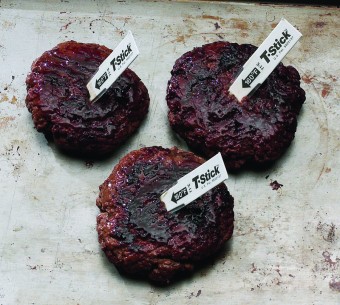
San Jamar T-Stick single use thermometers are a great way to monitor the internal temperature of TCS foods. Available for minimal internal temperatures of 140°, 160°, and 170°, T-Stick thermometers are ideal for off-site cooking and can be used as a part of your HACCP records.
San Jamar’s timers are a great way to keep track of cooking times while multitasking in your busy kitchen. Their touch screen thermometer and timer combo offers the best of both worlds, making it easy to measure time and temperature at the same time.
Cooling TCS Food
While it critically important to store TCS foods below the temperature danger zone and to cook them to temperatures above it, it is equally important to follow safe procedures for cooling TCS foods down once they are cooked.
Although bacteria growth is accelerated within the entire temperature danger zone, the zone between 70°-125° fosters the most rapid bacteria growth. Therefore, it is essential that cooked TCS food passes through this zone as quickly as possible during cooling.
San Jamar Rapi-Kool ice paddles quickly and efficiently cool soups stews and sauces. Minimize bacteria growth by chilling foods from the inside out. Simply fill with water and freeze.
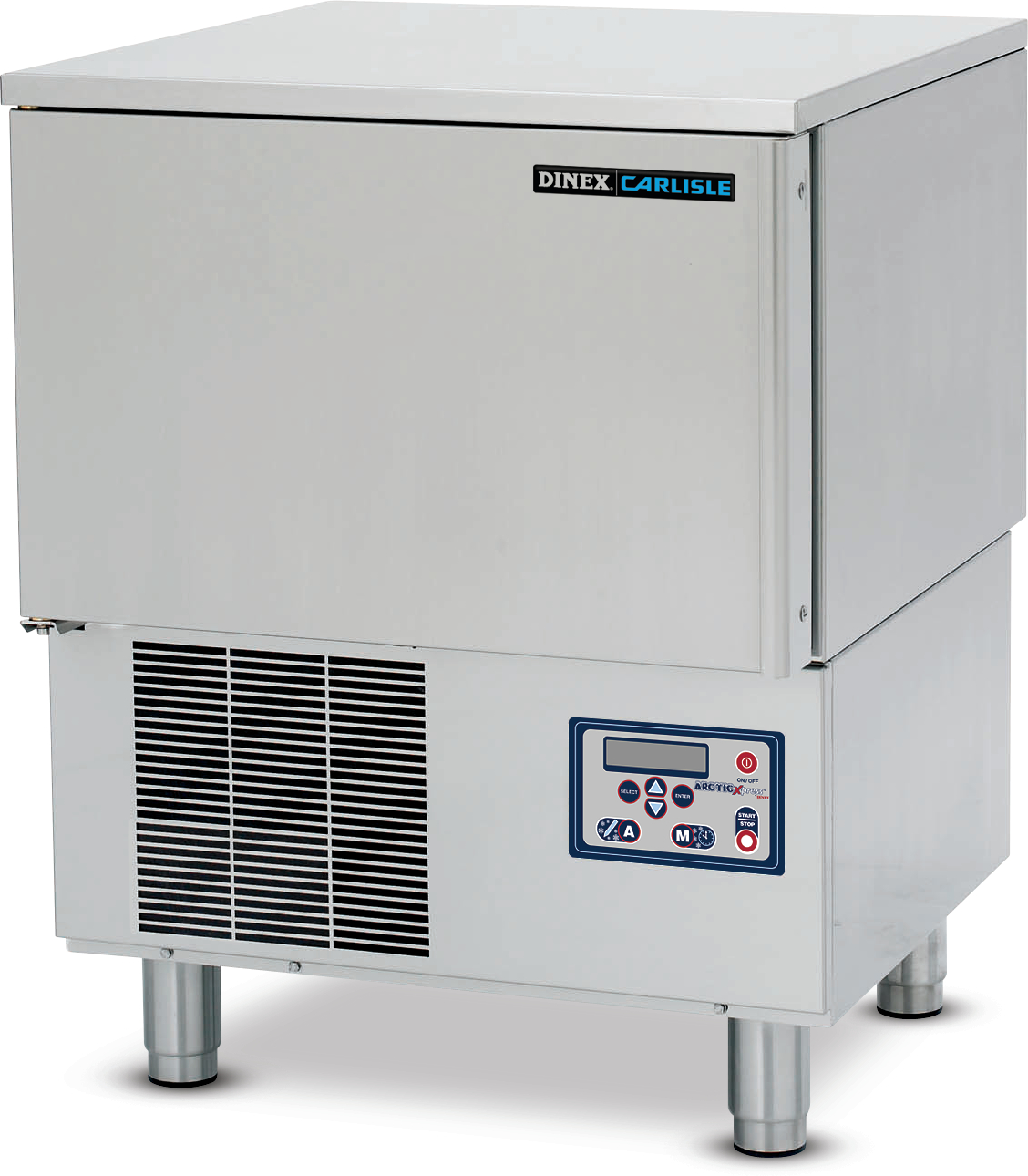
Dinex Blast Chillers allow you to pass TCS foods through the temperature danger zone with lightning speed. Stop bacteria growth dead in its tracks by dropping the temperature of cooked foods from 160° to under 40° in less than 90 minutes!
Transporting and Serving TCS Foods Off-Site
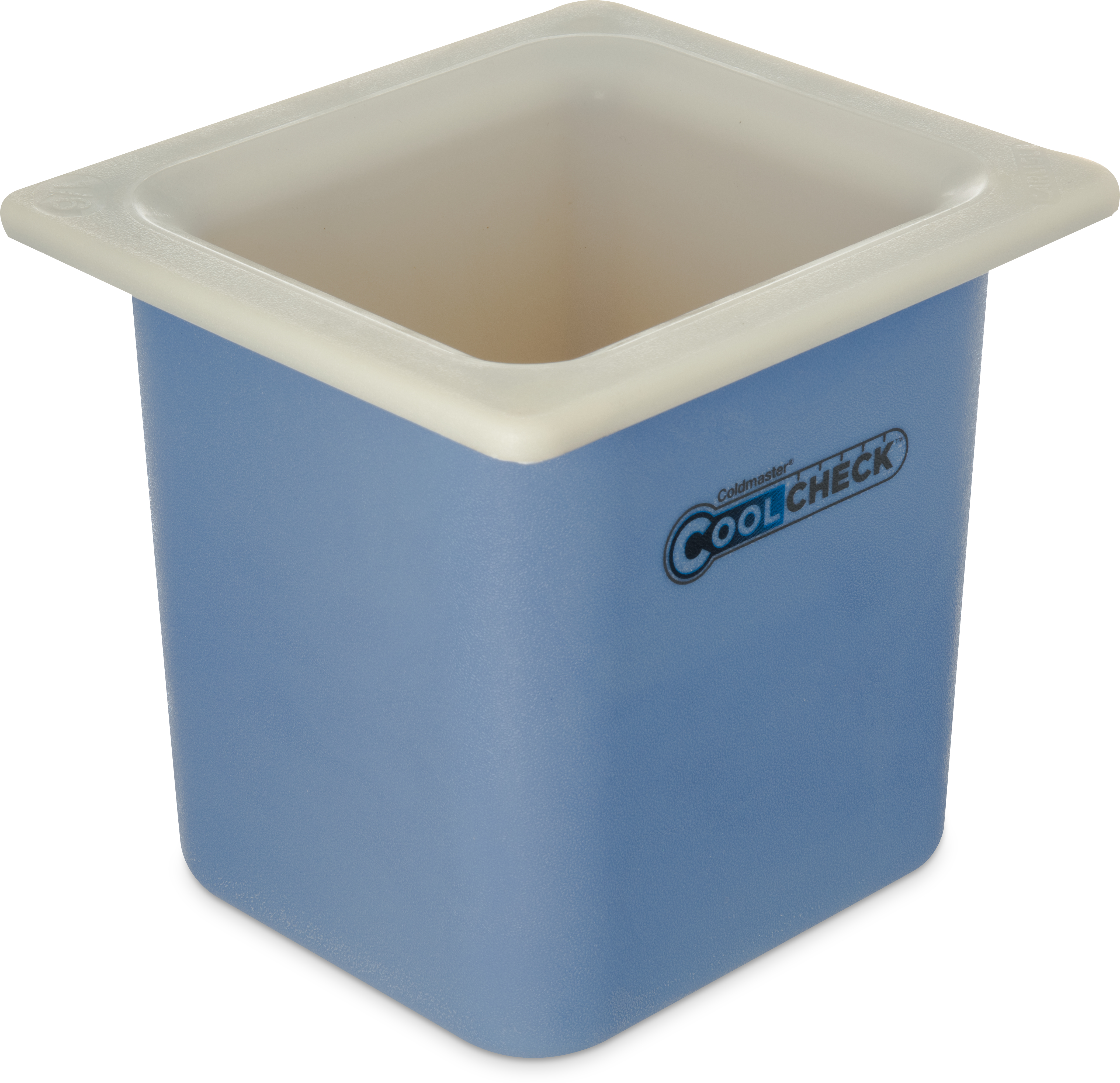
Catering and other off-site events pose a challenge to foodservice providers when it comes to temperature control. Carlisle’s Coldmaster CoolCheck containers have an awesome color-changing feature that alerts you when the temperature rises above the temperature danger zone and it’s time to change them out.
Carlisle’s Cateraide line of insulated transporters feature a sturdy long lasting construction and thick foam insulated walls help keep cooked TCS foods in the safe zone for up to 6 hours.
Carlisle’s has a wide range of temperature control products to help keep the food you serve safe and delicious and your kitchens compliant with USDA and HACCP regulations. Contact a sales rep today to see our entire line of foodservice products.


